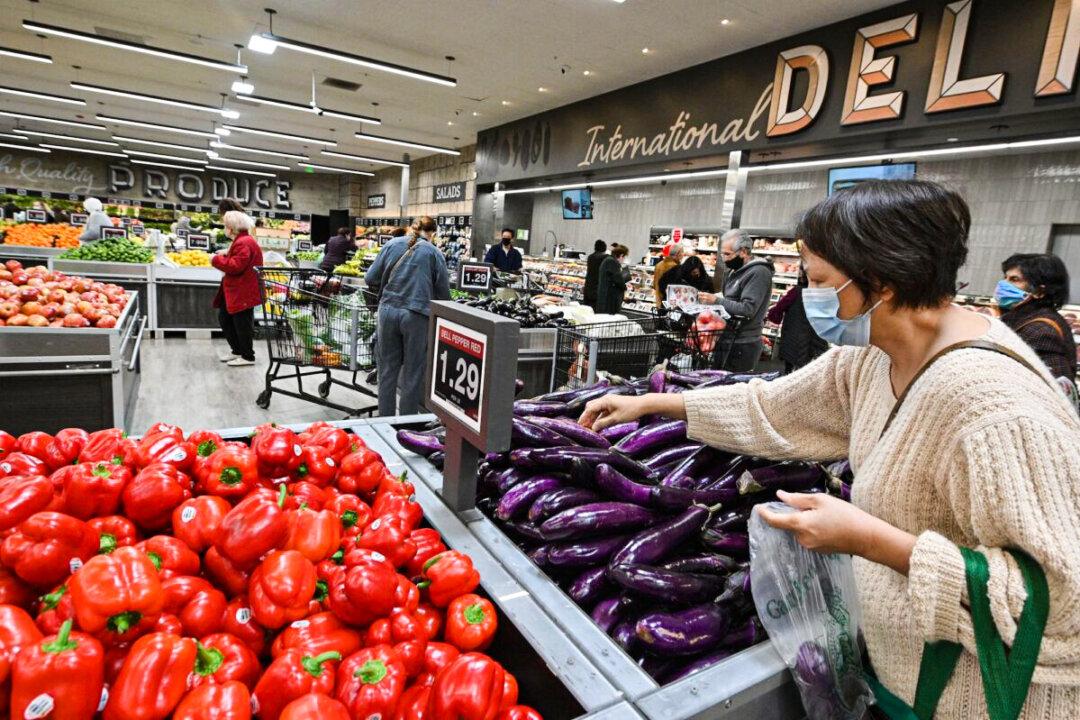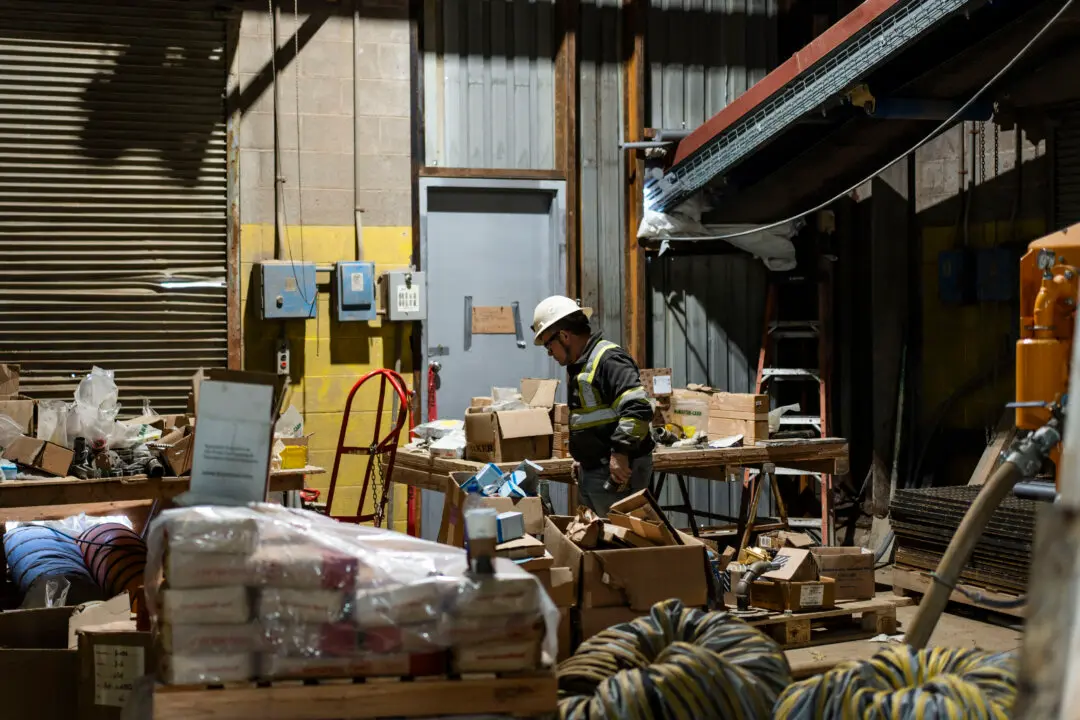Food prices remained elevated in April, barely easing from March’s record highs and posing challenges to food security amid ongoing market tightness, according to a UN agency.
The Food and Agriculture Organization of the United Nations (FAO) said that its food price index, which tracks the most globally traded commodities, retreated by 1.2 points over the month in April, after making a “giant leap” of 18.6 points in March to hit an all-time high of 159.7 points.





